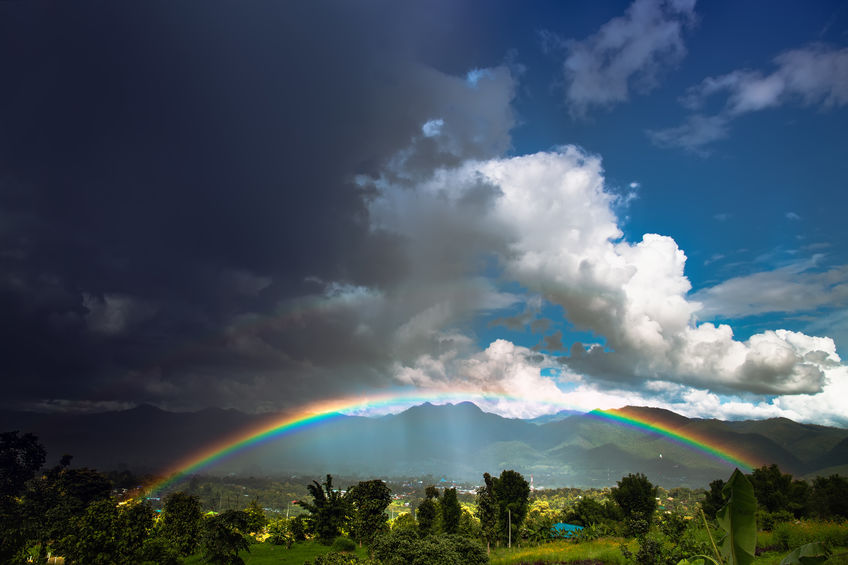There is nothing mysterious about it unless you are totally blind to the natural forcing that supplies the reason. It should at least raise questions.
Water Vapor (WV) is by far a more important “heat-trapping ” gas than CO2. While we take great delight in measuring CO2 increase, no one on the other side of the issue says boo about water vapor. They adapt the Casablanca Louis Renault attitude ( they probably don’t know who that is). “ I’m shocked, shocked to find that gambling is going on in here!”
I stated long ago this warming was their San Jacinto, that it was the trap set to destroy the phony climate war missive. And now they are trying to scramble by saying it is “mysterious”.
So, I will review it again.
Co2 has been on a steady rise since 1950.
The deceptive and despicable practice of making PARTS PER MILLION equal axis to years makes one think this is going through the roof. Imagine if the years were on a scale of millions, not decades. You would not even see it.
That realization alone should make one stop to think about the agenda.
They simply ignore Le Chetilier’s principle in this matter.
If CO2 was doing this, why was there no appreciable change in Sea Surface Temperature (SST) from 1950 to 1990? ( SST being the prime source of water vapor and hence the input). As for “heat-trapping gas, CO2 is too tiny to do that. Both have radiative properties, but CO2’s bands are saturated. So the argument that 1.8 ppm/yr of CO2 is “trapping” heat is non-provable. Water vapor would be a more likely candidate. But there is no real quantification. All we get is the temperature and CO2. That should make anyone suspicious.
But no change in SST.
But when increased input from underwater sources started,
the increase in SST was almost a perfect match since oceans tend to lag a bit, and the increases PRECEDED THE RISE.
There is a cumulative build-up of heat in the oceans and then the air-forced responses. The increase in WV warmed the planet disproportionately, leading to a La Nina base state in the actual reaction as seen in the Multivariate ENSO index (MEI), a far more accurate measurement of the ENSO and its reaction in the atmosphere. Another largely ignored metric. Since the Super Nino of 97-98, the La Nina has dominated. This is due to increased easterlies in the tropical Pacific. The only place water will cool is in the eastern Pacific off South America due to upwelling from the change in the Global Wind Oscillation. Do you see what I am doing here? UNLESS YOU HAVE A BOTTOM LINE WHERE YOU FORECAST GLOBALLY AND DO IT WITH THE RISK OF GETTING PAID, WHY WOULD YOU EVEN LOOK AT THIS? In fact, if it countered your missive, it was threatening your belief and economic system, and you would try to hide it.
I have written on this a bunch of times. It’s discouraging that many meteorologists are all agog at the El Nino without understanding the environment around it may not be having the same effect as others. How can we tell? By this time in 1997 and 2015, the MEI was already at almost record-high levels. This year, it is barely to an El Nino. The weaker MEIs are the colder winters. So that is a hint as to what kind of winter we are likely to have, which we actually have been showing since last winter ended on Weatherbell.com.
However, the Oceanic Nino index does indicate Water Vapor input is stronger. Again, the hypothesis is that the build-up of warmth in the oceans supplies a steady state increase in WV, but when reactionary Oceanic Nino El Ninos go off, the input OF WV IS HIGHER. Hence, the step-up function of warming.
Now, what happens when you have a warmed ocean all over and then a strong warming in the ENSO areas takes place?
Look at that difference from last year! There has to be a marked increase in WV, and another step-up function starts.
So why is it not showing up in the MEI?
Well, look at the difference in the warmth in the western and northern Pacific vs the last time the Oceanic Nino Index was this strong.
There is much more cool in the western Pacific, and so the reactions are different. By being warm all over, the reaction is different in the Atmosphere. Again crucial to winter forecasting. Also, the nature of these El Ninos is they don’t last more than a year. Consequently, a flip to the La Nina comes right back next year, and the result is likely to be a hurricane season from hell. But all this has nothing to do with CO2.
Finally, the great volcanic eruption last year, which was underwater-based, actually should wake people up to what is going on that they can not see. We saw this one, and unlike the great above-water eruptions, this sent immense amounts of water vapor into the air. So we had the perfect storm of cumulative buildup, El Nino response, and then the reaction of excess water vapor.
Mystery solved unless you refuse to look.





.png)
.png)

.png)

